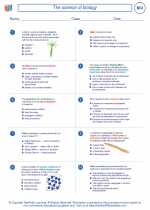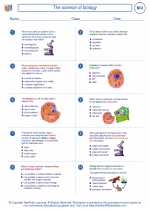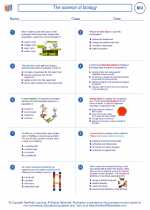Dispersion in Biology
Dispersion refers to the spatial distribution of individuals within a population. It is an important concept in biology as it influences the interactions between individuals, the spread of diseases, and the availability of resources. There are different patterns of dispersion, including clumped, uniform, and random.
Clumped Dispersion
In clumped dispersion, individuals are found in groups within their habitat. This pattern is often seen in species that require specific resources, such as water, food, or shelter. It can also result from social behaviors, such as herding or flocking, where individuals are attracted to each other.
Uniform Dispersion
Uniform dispersion occurs when individuals are evenly spaced throughout their habitat. This pattern can arise from competition for resources, territorial behavior, or the presence of inhibitory chemicals that prevent individuals from being too close to each other.
Random Dispersion
Random dispersion is characterized by a haphazard distribution of individuals within a population. This pattern is often observed in species where interactions between individuals are minimal, and resources are distributed evenly throughout the habitat.
Factors Influencing Dispersion
Several factors can influence the dispersion of individuals within a population, including:
- Availability of resources
- Social behaviors
- Territoriality
- Environmental factors
Study Guide
To understand dispersion in biology, it is important to:
- Learn the different patterns of dispersion and their characteristics.
- Explore the factors that influence dispersion within a population.
- Examine real-life examples of clumped, uniform, and random dispersion in various species.
- Understand the ecological implications of different dispersion patterns.
- Discuss the significance of dispersion in the context of population dynamics and community ecology.
By studying dispersion, you will gain insight into the spatial organization of populations and the ecological processes that shape their distribution.
.◂Biology Worksheets and Study Guides High School. The science of biology

 Worksheet/Answer key
Worksheet/Answer key
 Worksheet/Answer key
Worksheet/Answer key
